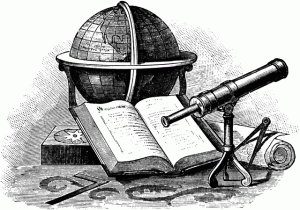In the ‘Dewsbury once more’, I referred to the identification of a common ancestor. The other researcher and I share 95 centimorgans of DNA. We are third cousins once removed. The point at which our family trees coincide is John Stanley, born sometime around 1800. His date of birth could be as late as 1807. This would allow him to be 18 when my great grandfather (also called John) was born in Roscommon. He could easily have been born ten or twenty years earlier.
There are many people with whom I share much smaller amounts of DNA (e.g. 25-40cM). Smaller amounts of shared DNA tend to indicate that the common ancestor will be further back in time. I have successfully made a connection with someone with whom I share 35cM. We are fourth cousins, once removed. The common ancestor was born, in Sussex, in September 1768. He married in 1795. The last of his 17 (seventeen!) children was born when he was 54. Consequently, there are plenty of his descendants out there!
Some of my DNA matches have clear links to Roscommon. If the timelines are similar to those of my Sussex ancestors, then I need to be able to identify people who were born in the mid 1700s. If Irish records were as comprehensive as those from Sussex, then I wouldn’t have created this blog! The picture has to be constructed from fragments. It is a bit like trying to do a jigsaw. The main difference in this case is that I don’t have all of the pieces. I remain optimistic that progress can be made.
My DNA results came via Ancestry. I have also posted them on Gedmatch. The kit reference is WW2962088. I have to assume that the vast majority of people reading this blog have a connection to, or interest, in Roscommon. If you have had a DNA test I would like to know if you have any sort of match with me. (There is a contact form at the top right of this blog.) If I can find a dozen people who share more than 25cM of DNA with me then I will have something on which to work. If half of these do not share any DNA with the other half, then we will have identified at two distinct lines of approach.

